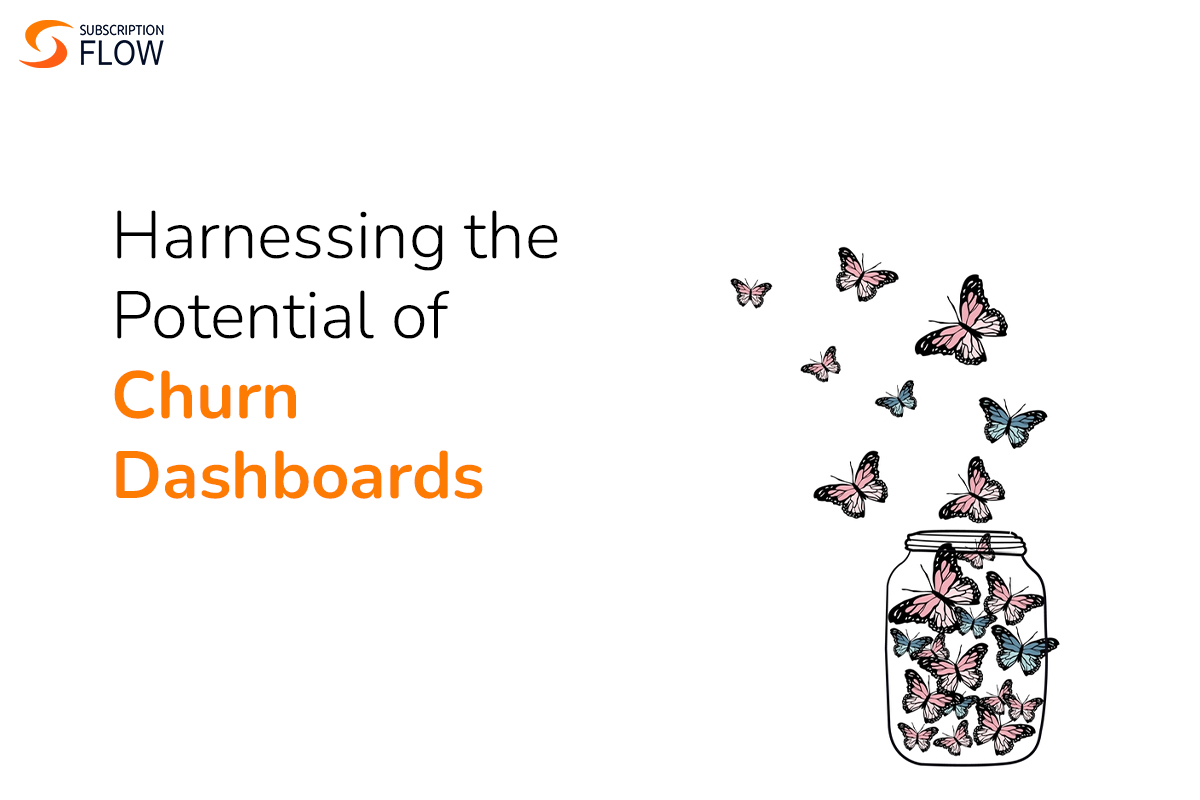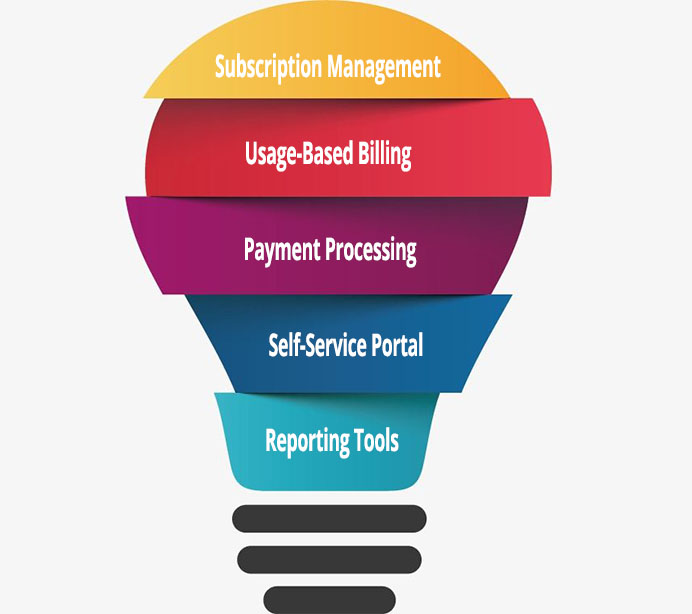
Churn Demystified: How Churn Dashboards Uncover Hidden Customer Behaviour Patterns
Imagine you have a crystal ball in hand that shows the future of your subscription business where you can see customers leaving. Horrific! Right? But for subscription businesses, churn is an unavoidable evil. So, what if that glass ball also provides a sneak peek at the reasons for the churn?
We welcome you all to the world of churn dashboards, where data meets insight and retention strategies are transformed. Churn dashboards are just like the glass ball that shows the future of your business in the context of customer churn. We are all part of the subscription business market, and we all agree that no one can reduce the churn rate to zero. All that businesses target is to maintain a balance between the churn rate and the retention rate.
In this blog, we are going to unravel how churn dashboards help in dealing this silent profit killer—customer churn.
Also Read: How to Control High Customer Churn with SaaS Customer Retention Management – RetentionFlow App
What Is the Churn Dashboard?
Data-driven platforms called churn dashboards gather and display important metrics, indicators, and visualizations linked to customer turnover. To present a comprehensive picture of customer attrition patterns, they combine data from numerous sources, including customer databases, transaction records, and engagement indicators.
Your churn dashboard works as the:
- Early Warning System
- Data-Driven Decision Making Machine
- Customer Retention Setup
Key Metrics and Visualizations in Churn Dashboards
Churn dashboards encompass a range of essential metrics and visualizations that provide valuable insights into customer churn. these Metrics or KPIs include:
1. Customer Churn Rate
The most important that can be visualized with the churn dashboard is the customer churn itself. It is the most important metric to track the customer health score so that you may know which customer is about to leave. For instance, our subscription management platform offers the application—RetentionFlow. This application gives complete visualization and tracking of the customer journey. On the basis of the track of the customer journey, the customer health score is calculated automatedly. And the user gets a clear representation of his high-risk, low-risk, and safe customers.
2. Customer Lifetime Value (CLV)
Another important KPI that the churn analysis dashboard encompasses is the Customer Lifetime Value (CLV). CLV quantifies the anticipated value that a client will provide throughout their interaction with a business. Based on their potential for long-term revenue, it aids in prioritising different consumer segments. Again, SubscriptionFlow offers the feature of analytics and reporting. Complete tracking of KPIs (even those KPIs that are not directly related to churn rate) clearly shows the value that a customer generates throughout his life.
3. Customer Segmentation
Though segmentation of customers cannot be considered a KPI, it is no less important. In fact, it comes before any KPI or metrics. Customers are segmented based on demographics, behaviours, and purchase history. These segments show the behaviour of the complete group or the segment. You are enabled to make holistic decisions for the complete segment rather than a few customers or customers one by one. SubscriptionFlow’s RetentionFlow somewhat offers this feature as well. Based on the customer health score, they are segmented. The user gets a clear visualization of customers who are loyal, about to leave, and less likely to leave.
4. Cohort Analysis
Businesses can categorize clients using cohort analysis based on traits or sign-up dates. Companies can spot trends and patterns that could affect client retention by analysing the turnover rates of several cohorts. Cohort analysis plays a huge role when it comes to decision-making and forecasting. In the subscription business market, forecasting is not a guessing game. Here, historic data is analysed, and business trends for the future are forecasted with maximum precision. SubscriptionFlow’s customer churn analysis dashboard enables users to do cohort analysis.
Implementing Customer Churn Dashboards for a Subscription Business
Now that the idea of customer churn dashboards and the KPIs that they illustrate is clear, we will take you to the implementation of churn dashboards for your business.
- First, you need to have clear objectives that you want to achieve with churn dashboards. Here, you will need to not only consider goals but measurable outcomes, timeframes, and alignment with KPIs.
- Secondly, while you implement churn dashboards, a robust churn board implementation platform is needed. SubscriptionFlow is the most reliable platform for subscription businesses to implement churn boards.
- Thirdly, your datasets need to be proper because in the end, it is the game of customer data. Your churn dashboards are the covering of a complete system. And customer data is the core of this system. So, keeping your records and data proper is the key to making churn dashboards implementation successful.
SubscriptionFlow and Customer Churn Analysis Dashboards
Churn dashboards are effective tools that help organisations understand the secrets of customer churn and develop strategies to reduce customer attrition. These dashboards assist businesses to comprehend the patterns and behaviours that contribute to churn, thereby improving customer retention. They do this by combining and visualising critical metrics.
As we have mentioned earlier that SubscriptionFlow offers churn analysis dashboards, using them as per your business needs depends on you. The features of analytics and reporting that SubscriptionFlow offers are highly effective which many of our customers are currently using. Having a tech tack that enables you to make futuristic decisions can give your subscription business a sudden uplift. So, do not miss out on a chance to try out SubscriptionFlow churn dashboard. Contact our experts now and have a demo.










